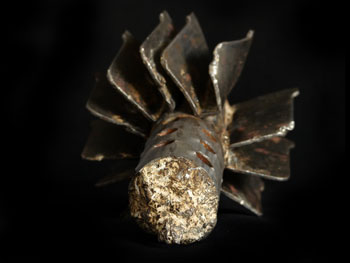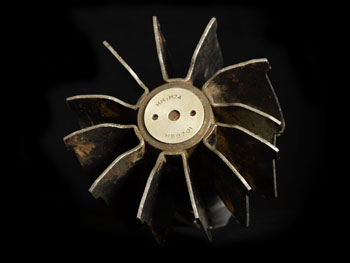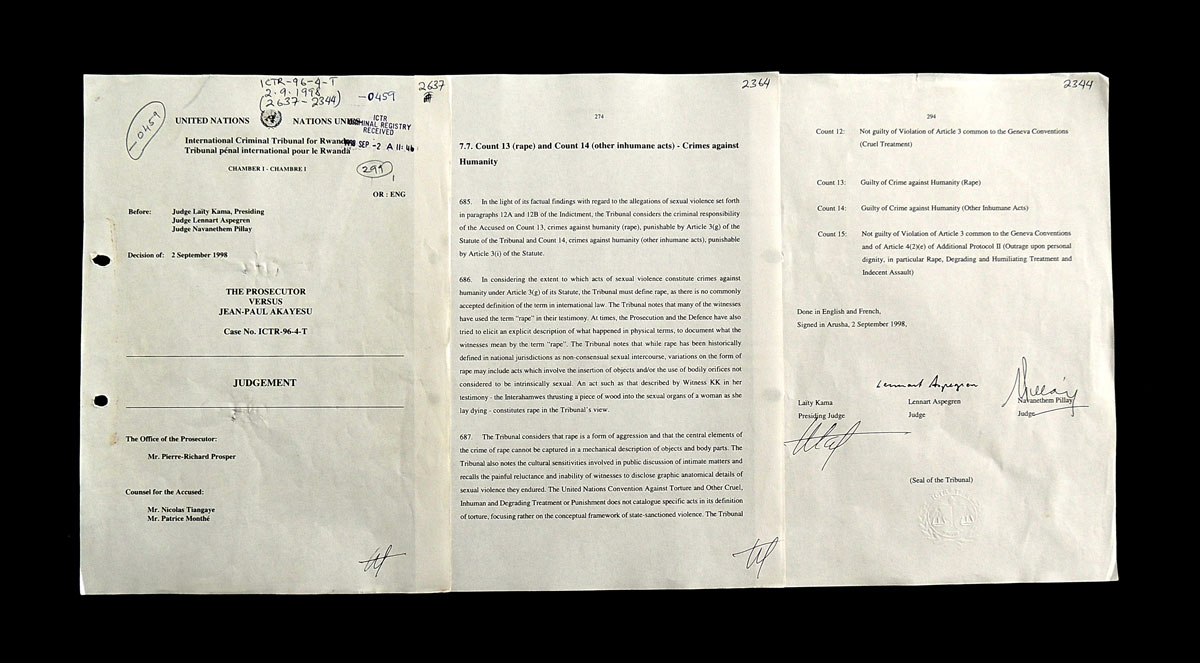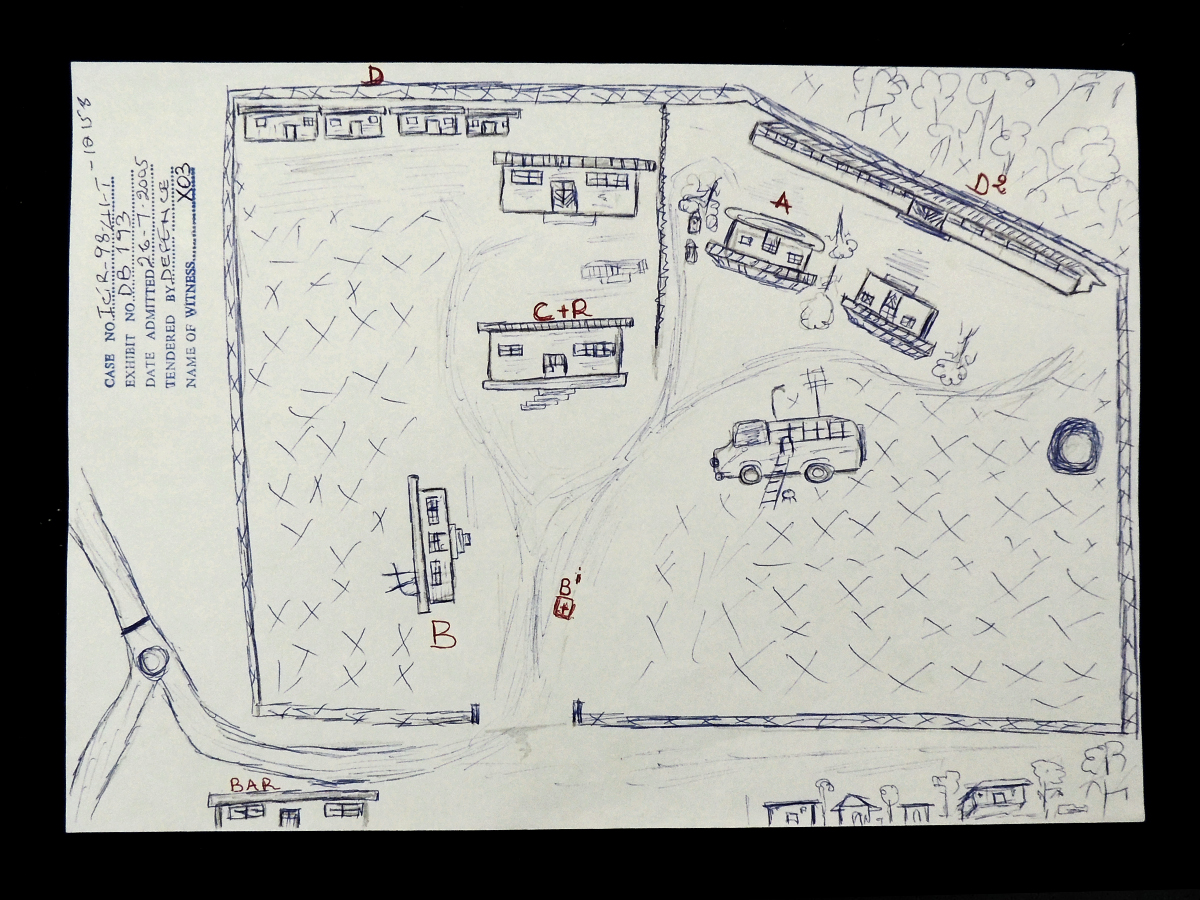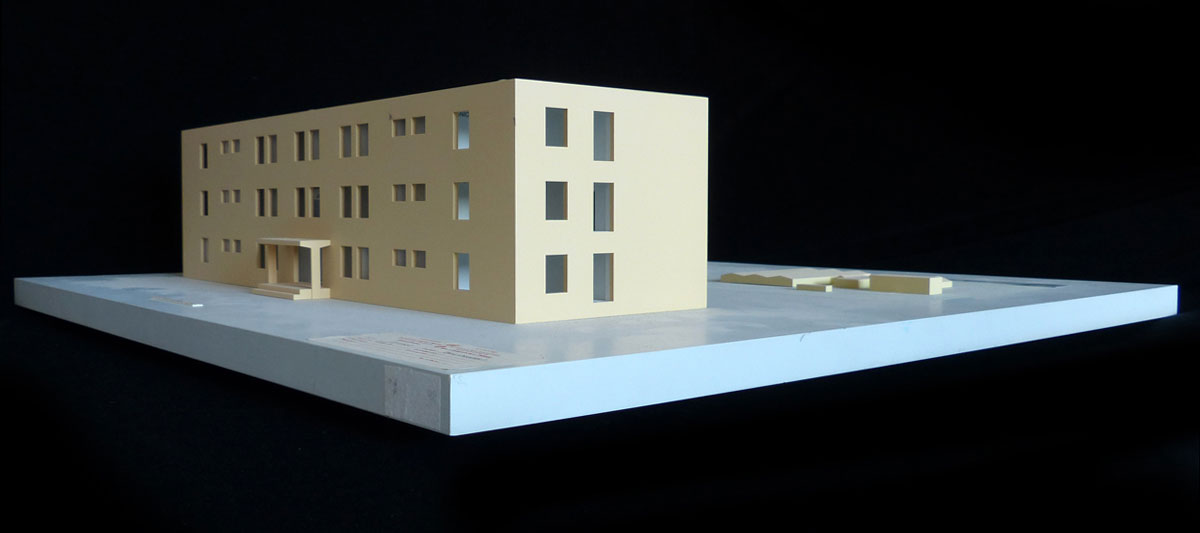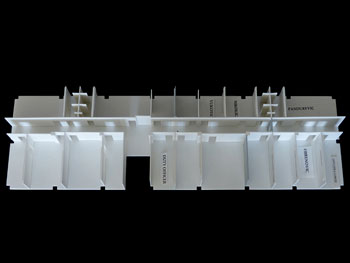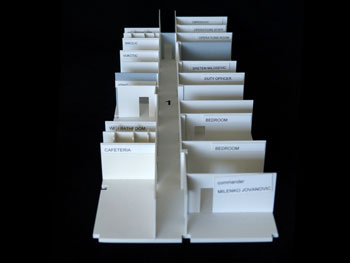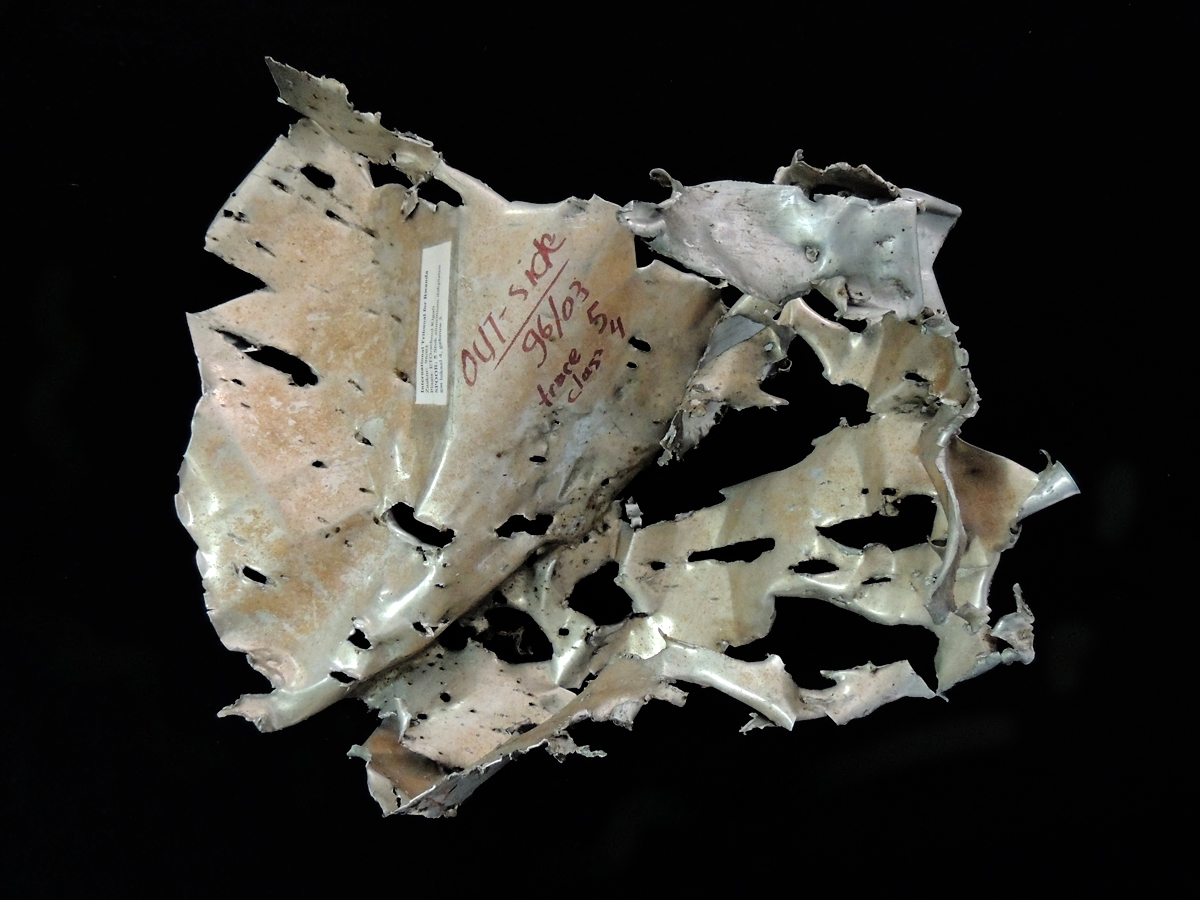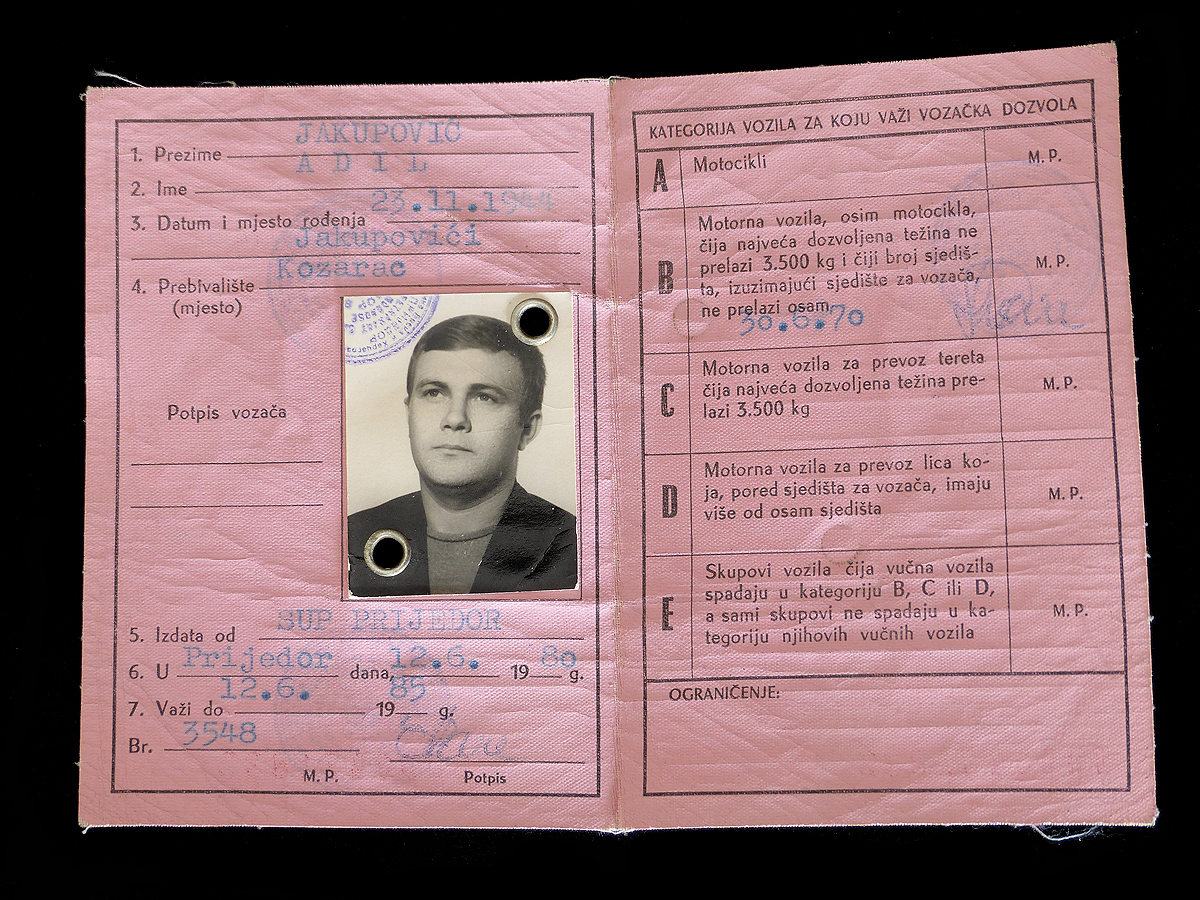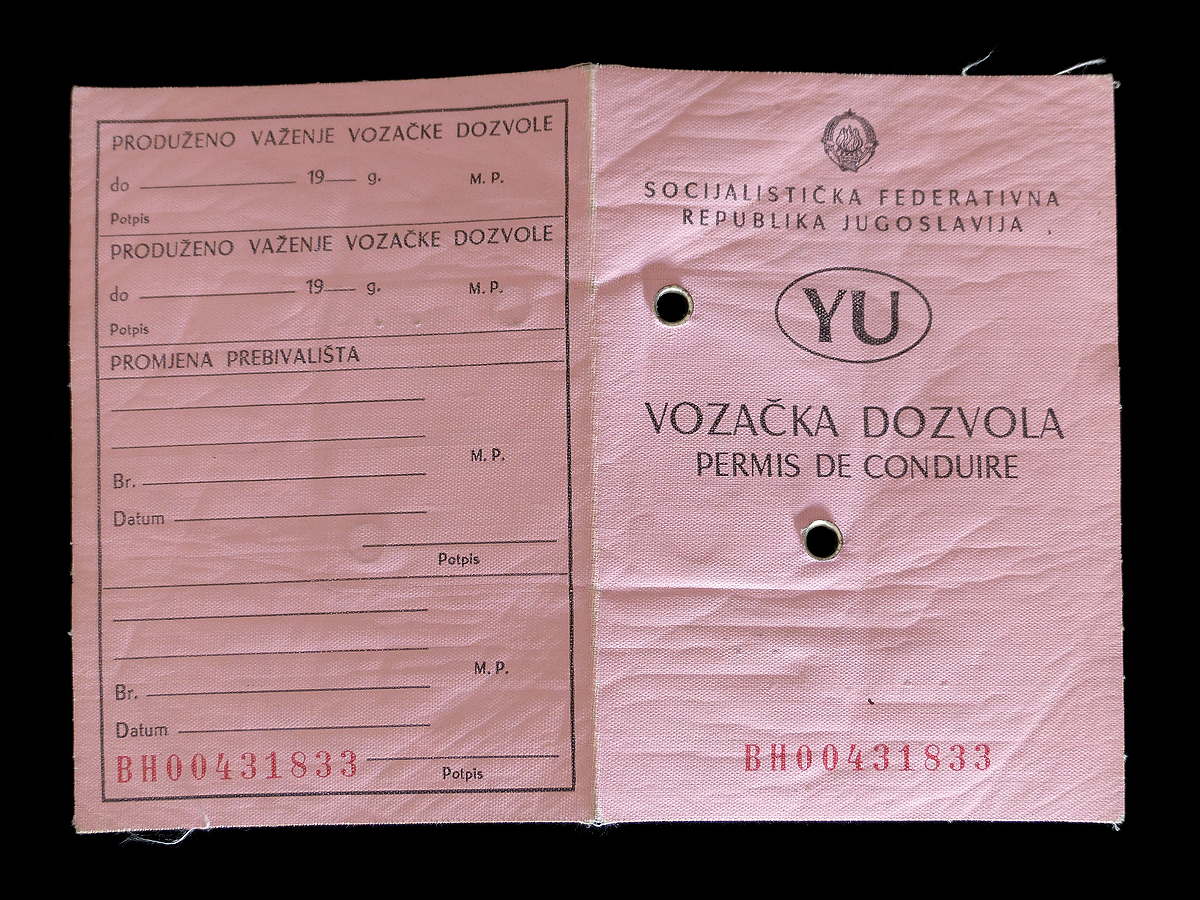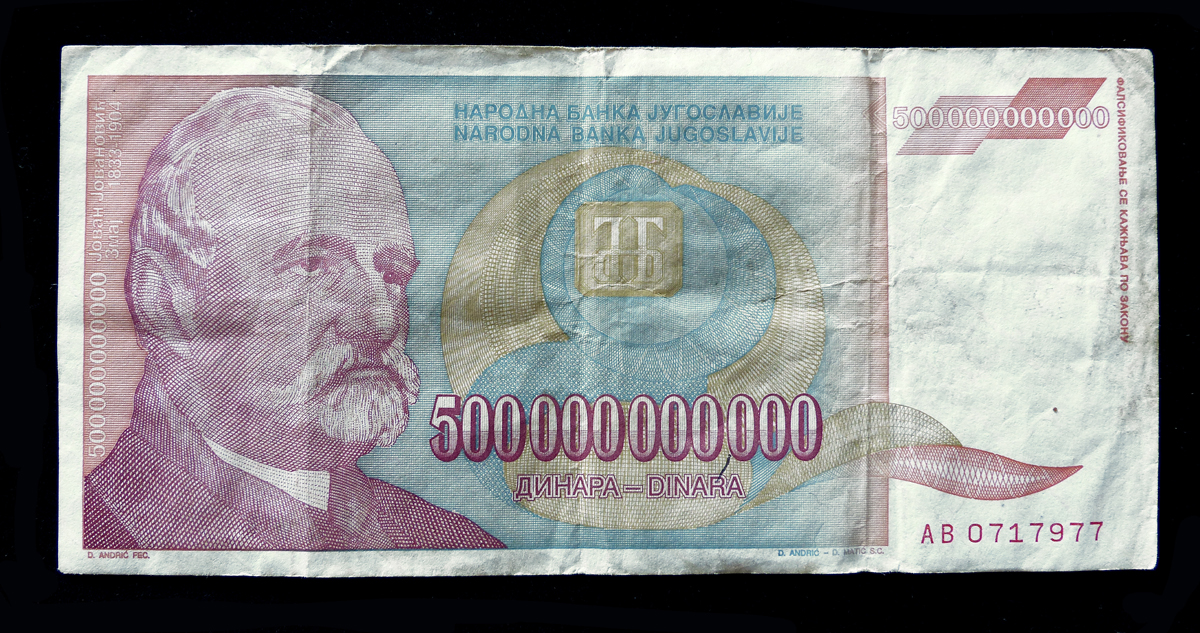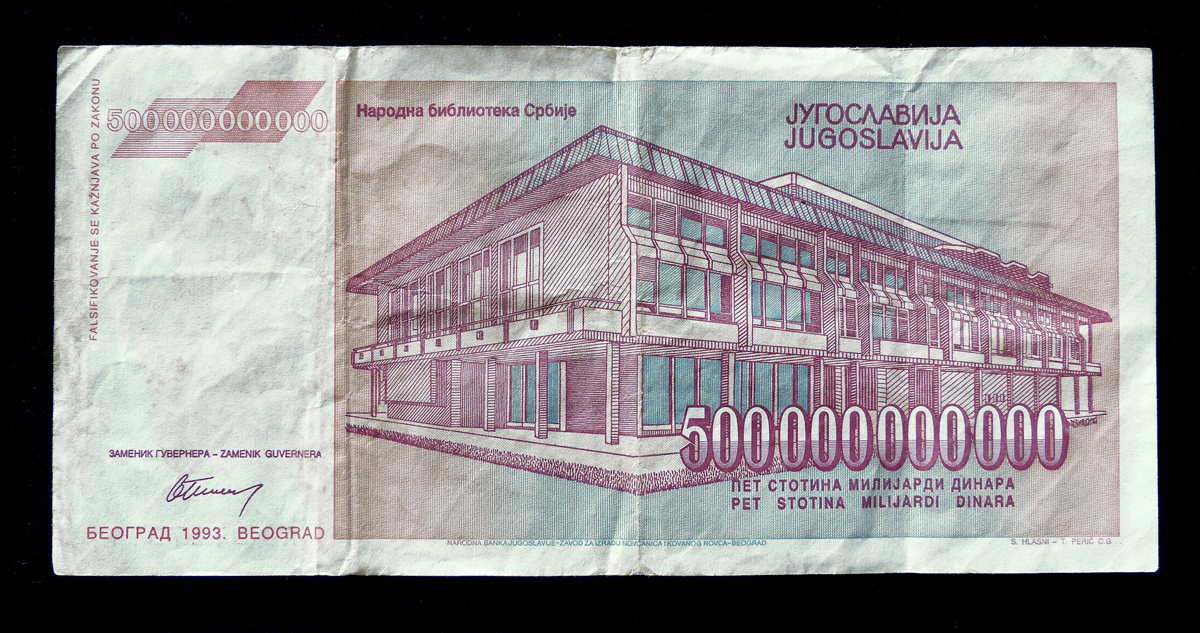Online Exhibition:
A Glimpse into the Archives
The International Criminal Tribunals for Rwanda (ICTR) and for the former Yugoslavia (ICTY) laid the foundation for modern international criminal justice. Their archives, now in the custody of the Mechanism, contain thousands of judicial records, including documents filed by parties and non-parties, exhibits tendered into evidence during trials, maps, transcripts of the proceedings, photographs, and audiovisual recordings of court hearings.
This online exhibition offers a glimpse of these records. The 10 items displayed here illustrate the diversity of records, which document the judicial process while also depicting specific events that are part of larger contexts. The archives also help to make tangible the complexity of the events that took place in Rwanda and in the former Yugoslavia.
Public ICTR and ICTY records are accessible on the Mechanism's Judicial Records and Archives Database, and the ICTY Court Records, respectively. For more information, please contact the Mechanism's Archives and Records Section teams in Arusha or The Hague, or visit our page on Frequently Asked Questions.
1.ICTY
Mortar Stabilizer from the Markale Market Shelling
Stabilizer - also called the tail-fin - from the 120-millimetre mortar shell which was fired at the Markale Market in Sarajevo, Bosnia and Herzegovina, on 5 February 1994.
The first of two attacks on the market, it left more than 60 people dead and roughly 200 wounded. Following the incident, the police removed the stabilizer from the scene and kept it in their archives until the ICTY Prosecution requested it as evidence in the Galić case.
The stabilizer was introduced through witness Sead Bešić, a forensic technician who investigated the incident with the Bosnia and Herzegovina police.
- Exhibit number: P3624
- Date filed: 04 March 2002
- Case: Stanislav Galić (IT-98-29)
2.ICTR
Akayesu Trial Judgement
Selection of three pages from the trial judgement in the case against Jean-Paul Akayesu, who was the bourgmestre of the Taba commune, Gitarama prefecture in Rwanda.
The judgement, delivered on 2 September 1998, was the first trial judgement rendered by the ICTR. This judgement also made history as it was the first time an individual was convicted by an international tribunal for rape as an act of genocide.
The selection comprises the judgement's front page showing the names of the parties, the Judges and the Registrar; the page outlining the Chamber's legal findings relating to the count of rape; and the signature page, bearing the signatures of Judges Laïty Kama, Lennart Aspegren and Navanethem Pillay, with the seal of the ICTR.
- Akayesu Trial Judgement
- Date filed: 2 September 1998
- Case: Jean-Paul Akayesu (ICTR-96-4)
3.ICTY
Wooden “rifle”
Wooden “rifle” tendered into evidence by the Prosecution in the case against Mladen Naletilić and Vinko Martinović.
The Prosecution alleged that the accused Martinović forced Bosnian Muslim prisoners to wear uniforms with Croatian insignia and hold wooden replicas of rifles in order to act as a decoy and draw fire from the opposing side.
The Defence teams contested the authenticity of the “rifle”, which prompted the ICTY Trial Chamber to order an independent forensic analysis of the item. The analysis was carried out by the Netherlands Forensic Institute.
Following the analysis and deliberation by the Chamber, the item was finally admitted into evidence in March of 2003.
- Exhibit number: P962
- Date filed: 25 March 2003
- Case: Mladen Naletilić and Vinko Martinović (IT-98-34)


4.ICTR
Sketch of Murambi vocational center
Sketch tendered into evidence by the Defence during the trial of four high-ranking officers from the Rwandan Armed Forces - also known as the “Military I” case.
The drawing was made by Defence Witness X03 to represent the Murambi Vocational Training Centre, located next to Gitarama, where the interim government had relocated during the genocide.
It was used during the testimony of Witness X03 to illustrate the layout of the buildings and the presence of senior military officials on 12 and 13 April 1994 during the relocation.
- Exhibit Number: DB193
- Date filed: 26 July 2005
- Case: Théoneste Bagosora, Gratien Kabiligi, Aloys Ntabakuze, Anatole Nsengiyumva (ICTR-98-41)
5.ICTY
Model of Zvornik Brigade (Military) Headquarters in 1995
Model of a Brigade building in the area of Srebrenica, Bosnia and Herzegovina, as the town fell on 11 July 1995.
It was admitted into evidence at the request of the Defence of ICTY accused Dragan Jokić, a member of the Zvornik Brigade, in order to establish the physical proximity of the accused with a former ICTY co-accused, Dragan Obrenović, who appeared as a witness in this case.
- Exhibit number: D9/3
- Date filed: 10 October 2003
- Case: Vidoje Blagojević and Dragan Jokić (IT-02-60)
6.ICTR
Roof section of the École Technique Officielle, damaged by a grenade
Section of the roof of classroom 4, building 5 damaged by a grenade during the 11 April 1994 attack on the compound of the École Technique Officielle in Kigali.
This artefact was tendered into evidence by the Prosecution during the trial of Georges Rutaganda, a leader of the Interahamwe (the youth militia associated with the MRND, the National Republican Movement for Development and Democracy).
It was used to demonstrate the intensity of the assault on the school. The Trial Chamber found that the attack killed a large number of unarmed Tutsis and some unarmed Hutus who had sought refuge in the school.
- Exhibit number: P38A
- Date filed: 18 March 1997
- Case: Georges Rutaganda (ICTR-96-3)
7.ICTY
Driving Licence found in the possession of Duško Tadić
Prosecution exhibit admitted in the case against Duško Tadić in an effort to place him in Kozarac, Bosnia and Herzegovina, during the period of his alleged crimes in 1992.
This expired driving licence of witness Adil Jakupović was found in the possession of Tadić by German police when he was arrested in Munich on 12 February 1994.
Tadić had claimed an alibi for all the crimes he was charged with. However, Tadić's neighbor, Jakupović, testified that he and his family fled Kozarac in 1992, leaving behind documents including this driving licence. Jakupović and his wife testified that Tadić gained access to their documents under the pretence of retrieving them for the family.
- Exhibit number: 306A
- Date filed: 7 August 1996
- Case: Duško Tadić (IT-94-1)
8.ICTR
Sketch of Nyange Church
Sketch tendered into evidence by the Prosecution through Witness CBY during the trial proceedings against Gaspard Kanyarukiga, who owned a pharmacy in Nyange, Kivumu commune in the Kibuye prefecture, in western Rwanda.
The sketch portrays the Nyange Parish Church, where thousands of Tutsis had sought refuge in April 1994.The ICTR Trial Chamber determined that the church was surrounded and attacked from 12 to 15 April and was ultimately demolished, resulting in the deaths of approximately 2,000 Tutsi civilians. It also found that Kanyarukiga participated with others in the planning of the crimes.
- Exhibit Number: P49
- Date filed: 8 September 2009
- Case: Gaspard Kanyarukiga (ICTR-02-78)
9.ICTY
500 billion Dinar banknote issued in Yugoslavia in 1993
Banknote of 500 billion Yugoslav dinars, the currency in Yugoslavia between 1920 and 2003.
The note was introduced in court by the Defence of Mario Čerkez, a former Commander of the Vitez Brigade of the Croatian Defence Council in Bosnia and Herzegovina.
The Defence used the note in September 2000 as evidence that, at the time of the introduction of the Croatian dinar in the Yugoslav state, the Yugoslav currency was so hyperinflated that it was essentially useless.
During the same court session, the Prosecution argued that the Croatian dinar was introduced and promoted by Croatian President Tuđman in parts of Bosnia and Herzegovina as a nationalistic policy and indication of statehood.
- Exhibit number: D111/1
- Date filed: 13 September 2009
- Case: Dario Kordić and Mario Čerkez (IT-95-14/2)
10.ICTR
Video recording of Simon Bikindi during the oral arguments on appeal
Video extract from Simon Bikindi's final statement during the appeals hearing in his case on 30 September 2009.
Simon Bikindi was a well-known Rwandan composer and singer. In the Spring of 1994, he worked at the Ministry of Youth and Association Movements of the Government of Rwanda and was a member of the MRND, the National Republican Movement for Development and Democracy).
The ICTR Trial Chamber found that towards the end of June 1994, Bikindi travelled in the Gisenyi Prefecture as part of an Interahamwe convoy, in a vehicle fitted with public address systems that he used to call for the extermination of Tutsis. The Appeals Chamber affirmed Bikindi's conviction for direct and public incitement to commit genocide.
- Record number: ICTR-01-72-00243
- Date created: 30 September 2009
- Case: Simon Bikindi (ICTR-01-72)

